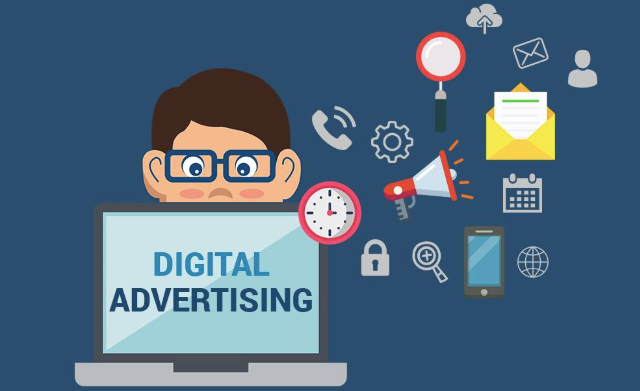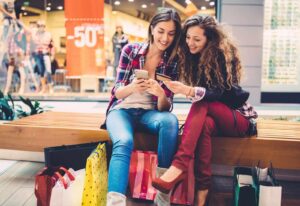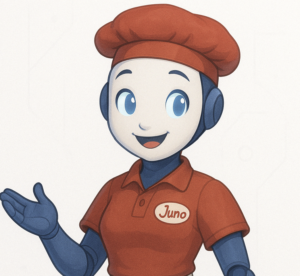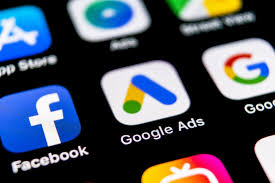The Shift from Search to ?
For decades, local commerce has relied on traditional search methods—consumers typing “best restaurants near me” into Google or browsing deal apps to find savings. But this model is outdated. Consumers don’t search for local businesses anymore; they discover them through content, engagement, and recommendations.
A significant percentage of consumers ignore or avoid ads, often referred to as “ad blindness” or “banner blindness.” Key statistics illustrate this shift:
- 86% of consumers experience banner blindness, meaning they ignore digital display ads.
- 42.7% of internet users use ad blockers, meaning they never see certain ads at all.
- Average click-through rate (CTR) for display ads is only 0.46%, meaning over 99.5% of users don’t engage.
- 70% of consumers distrust online ads, preferring organic search, recommendations, or influencer content.
- 65% of mobile users actively skip video ads whenever possible.
Digital advertising today is beginning to feel a lot like the Yellow Pages of the past—a once-essential tool now losing relevance as consumer behavior evolves. Just as businesses once paid for premium placement in thick phone books, they now pour money into digital ads that many users simply scroll past. However, digital isn’t going away—it’s evolving. And UGC and AI-driven engagement are at the core of this transformation.
The Power of User-Generated Content (UGC) in Local Commerce
Traditional advertising is losing effectiveness as consumers crave authenticity over paid promotions. Every in-store visit, meal, or shopping experience becomes a shareable moment, and users engage with local businesses by:
- Posting about their experiences
- Reviewing businesses and products
- Sharing deals and offers with their networks
This approach turns every customer into a micro-influencer, helping merchants gain viral exposure without relying on expensive digital ads.
AI-Powered Personalization: Matching Users with the Right Offers
It’s not just about content—it’s about smart engagement. AI-driven platforms match users with deals based on their behavior, preferences, and network activity. Instead of generic promotions, users receive personalized offers that are relevant to their interests and trusted by their social circles.
This AI-powered discovery model creates a win-win scenario:
- Consumers get hyper-personalized offers that feel organic, not intrusive.
- Merchants reach the right audience effortlessly, increasing engagement and foot traffic without high ad costs.
UGC vs. Paid Ads: The Performance Shift
The data overwhelmingly supports the rise of UGC over traditional paid advertising:
| Metric | Instagram/TikTok Ads | UGC Content |
|---|---|---|
| Engagement Rate | ~0.5%-1.5% | 4%-10%+ |
| CTR (Click-Through Rate) | ~0.7%-1.2% | 2.5%-5%+ |
| Trust & Credibility | Lower (seen as ads) | Higher (organic, social proof) |
| Ad Fatigue | High | Low |
| Cost per Acquisition (CPA) | Higher | Lower |
| Virality Potential | Limited | High |
UGC-based campaigns drive 29% higher web conversions than paid social ads, and brands leveraging micro-influencers (10K-100K followers) see 4-5X better engagement than traditional ads.
Merchants Gain Viral Exposure—Not Just Pay-for-Ads
Traditional local advertising is expensive and ineffective. Instead of depending on paid ads, businesses now have an opportunity to leverage organic, social-driven exposure through UGC and AI-powered engagement.
By focusing on:
- Turning happy customers into brand advocates through shareable UGC.
- Engaging with real-time feedback and reviews to refine offerings.
- Running AI-powered promotions that target the right consumers at the right time.
The Future of Local Commerce is Engagement-Driven
The next evolution in local commerce isn’t about search—it’s about discovery. Whether it’s a hidden gem restaurant, a boutique clothing store, or a new fitness studio, consumers will find and engage with businesses through authentic content, AI-powered recommendations, and social rewards.
At the same time, 1:1 brand-to-consumer personalization is emerging as another key layer. Beyond just UGC, brands are now leveraging AI-driven engagement tools to build deeper, more meaningful connections with their customers, ensuring that marketing feels like a relationship rather than an interruption.
The bottom line? Businesses that embrace this new model will thrive, while those stuck in the outdated pay-to-play ad system will fall behind. The future of local shopping is social, AI-driven, and powered by UGC & direct brand-consumer personalization.






